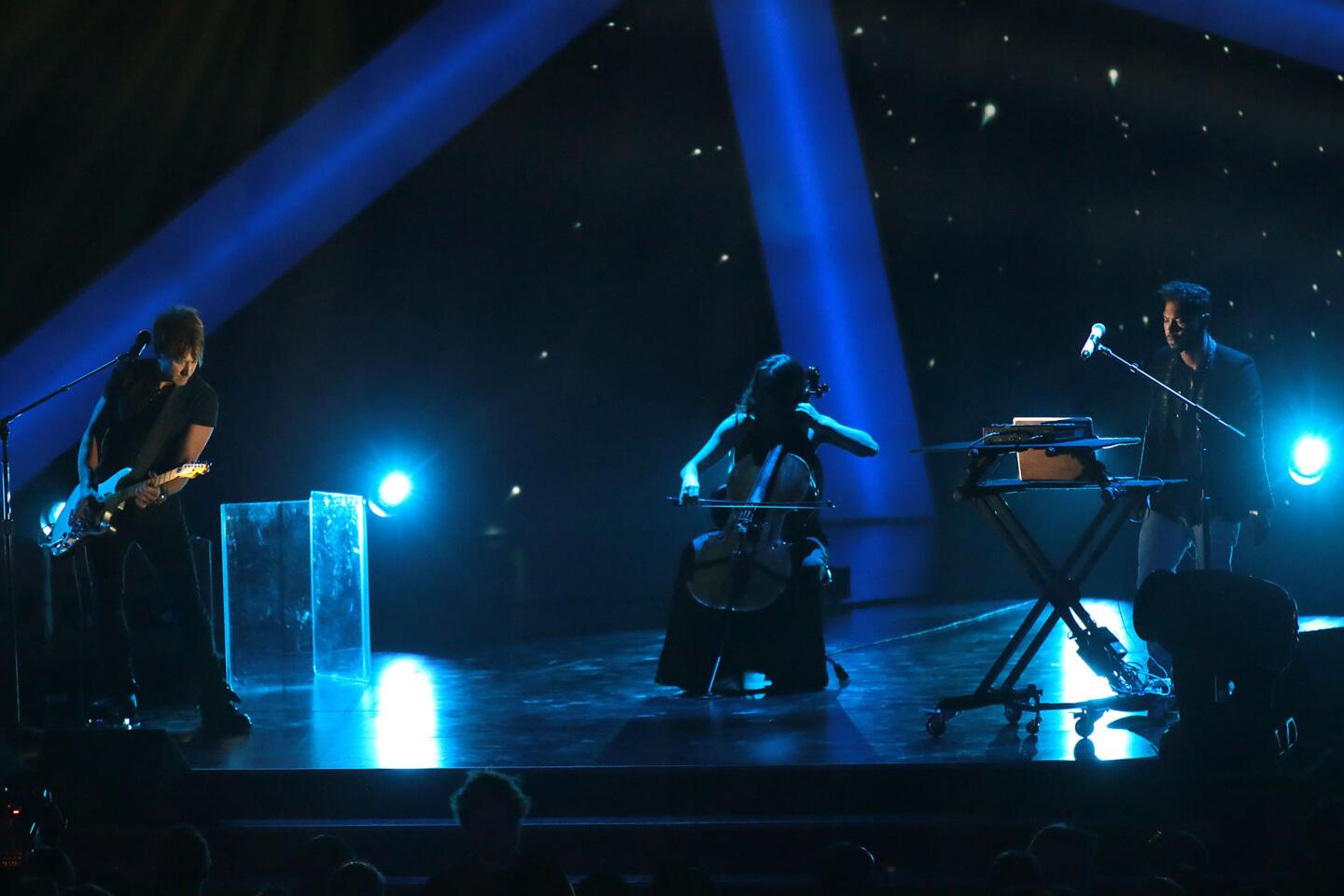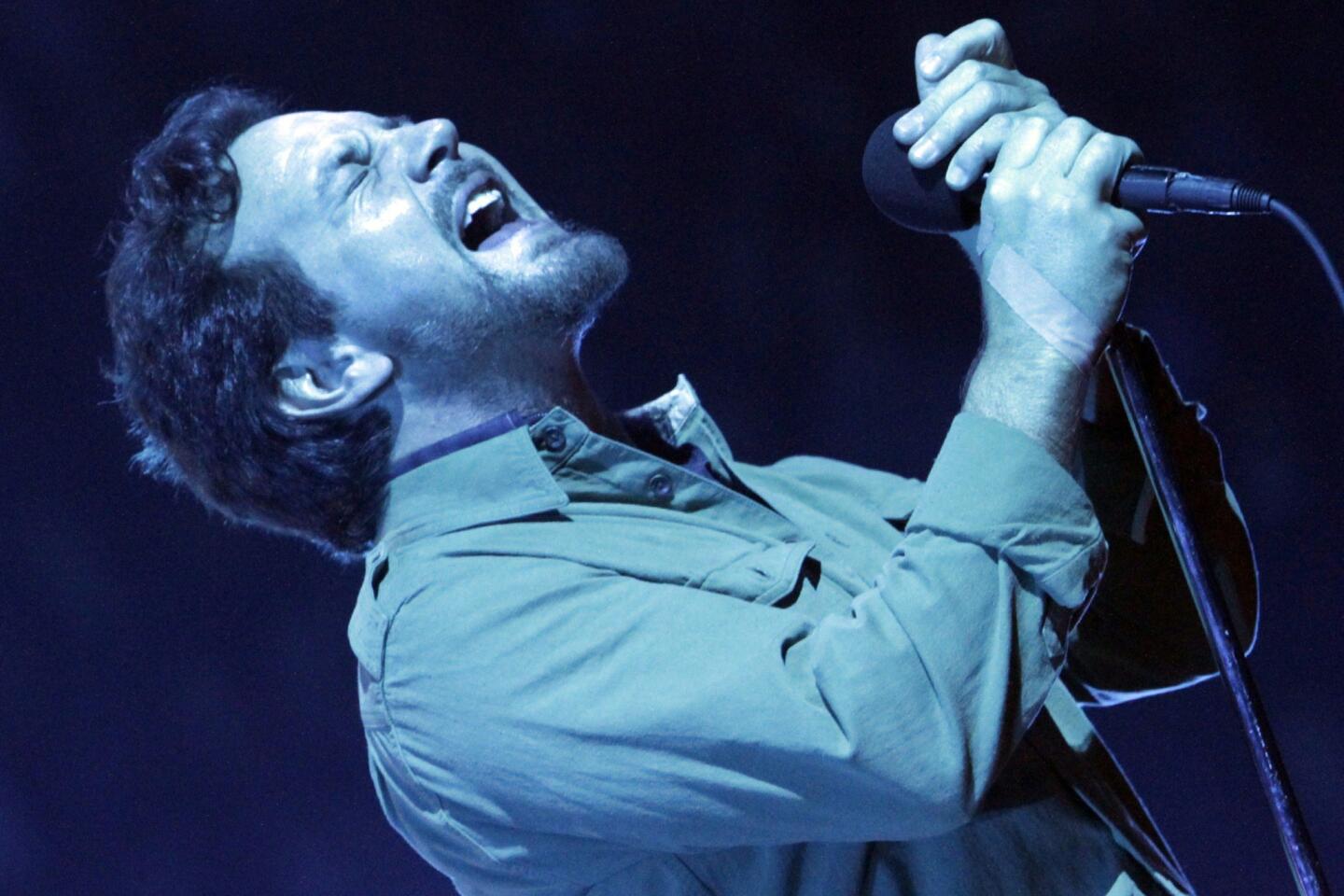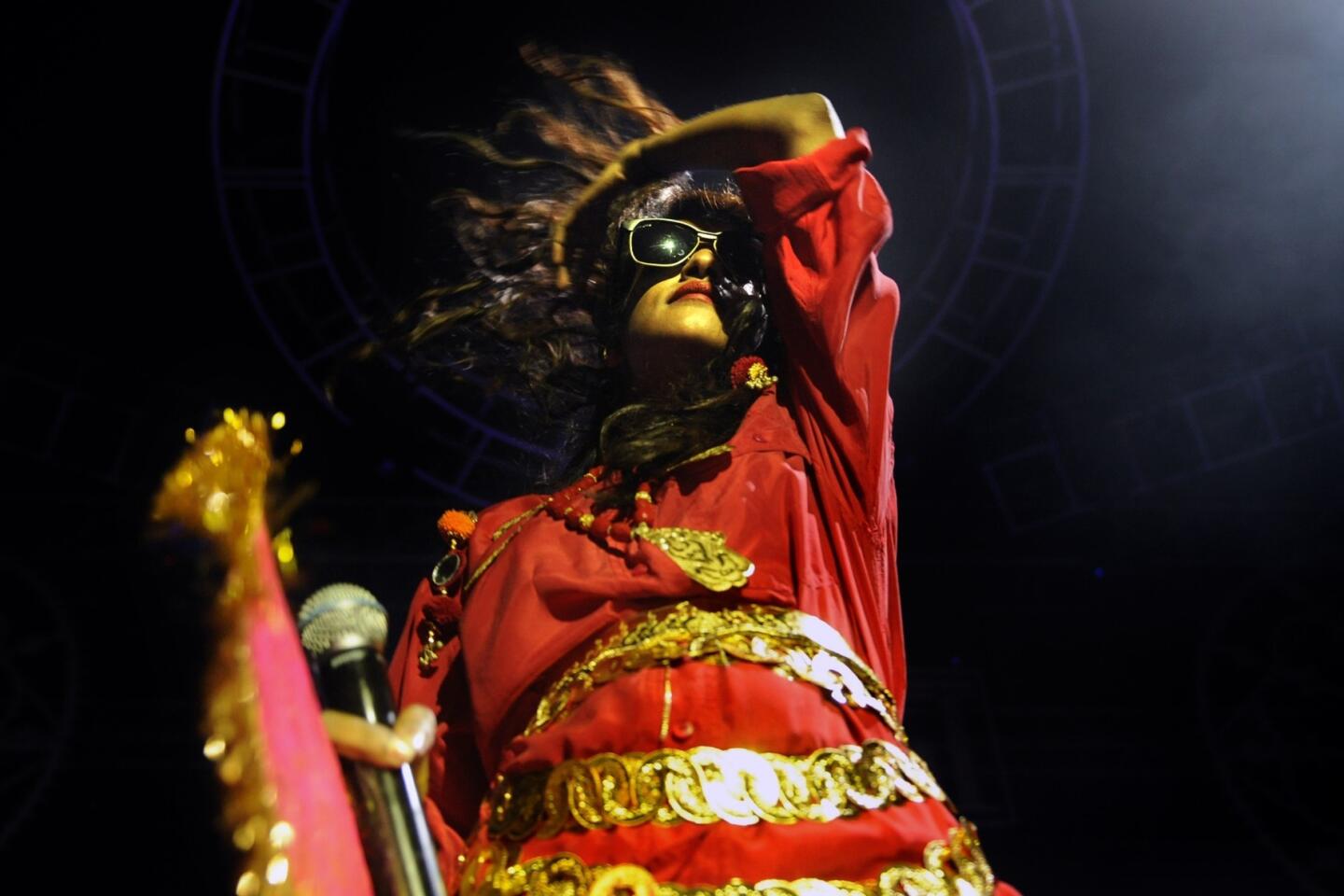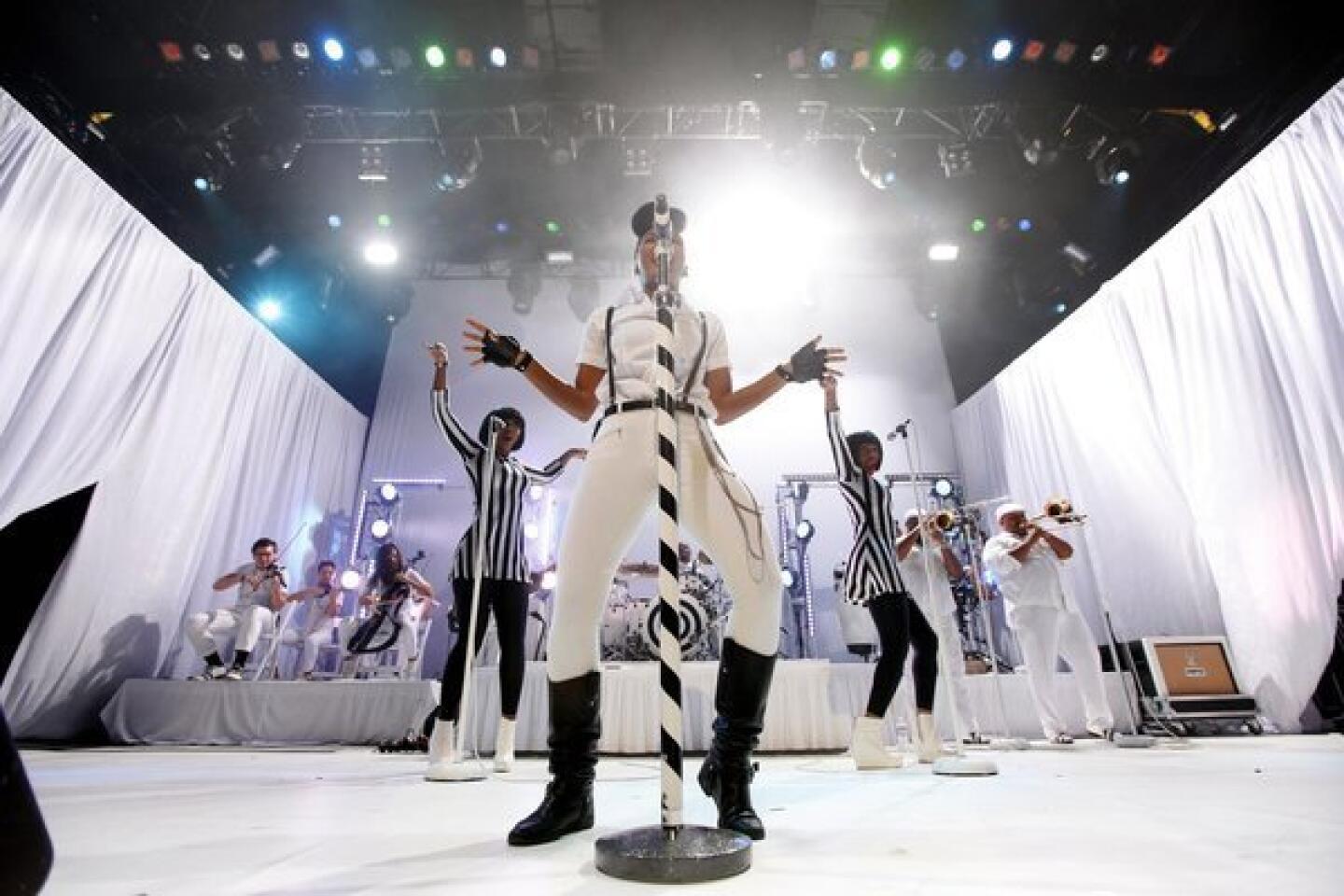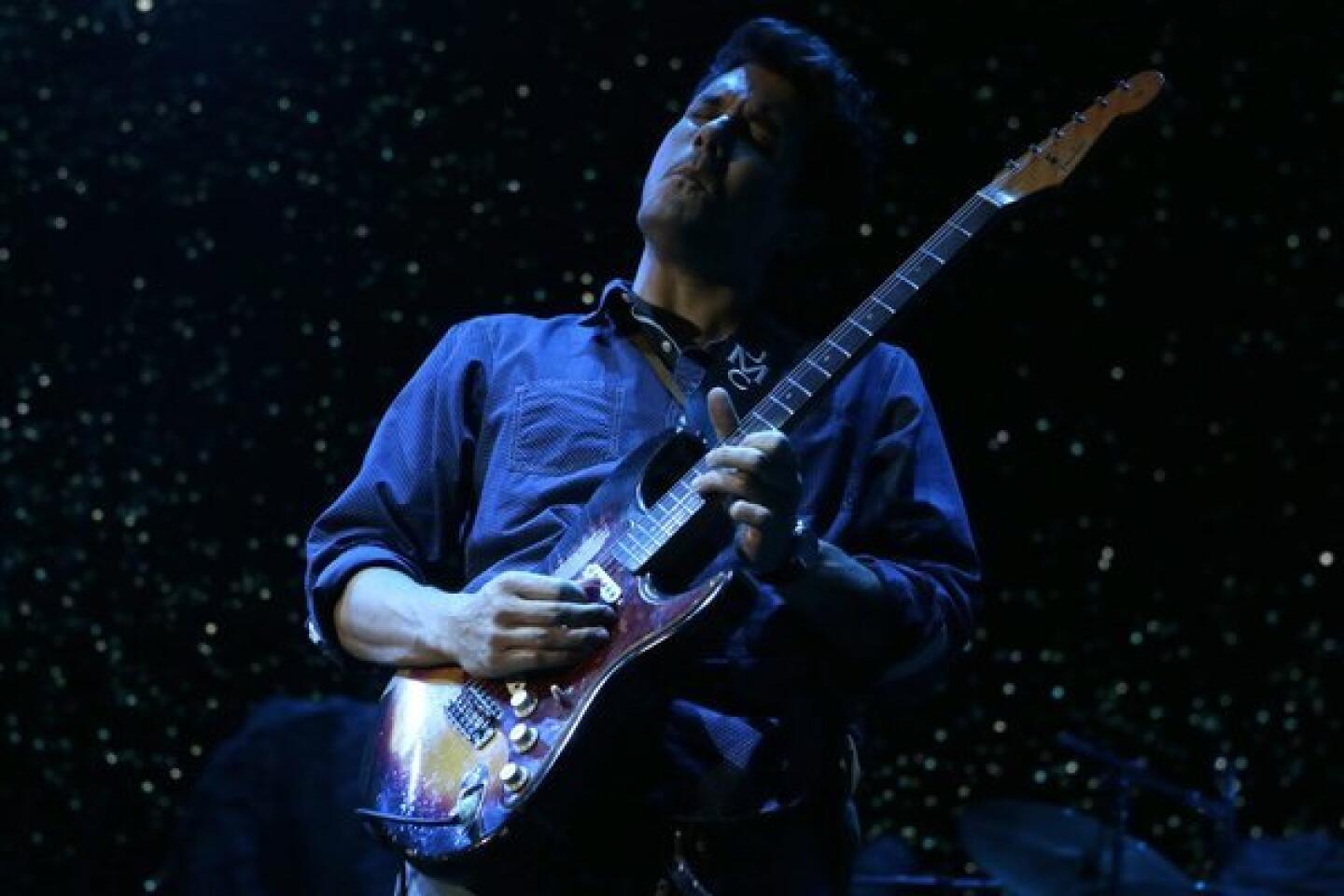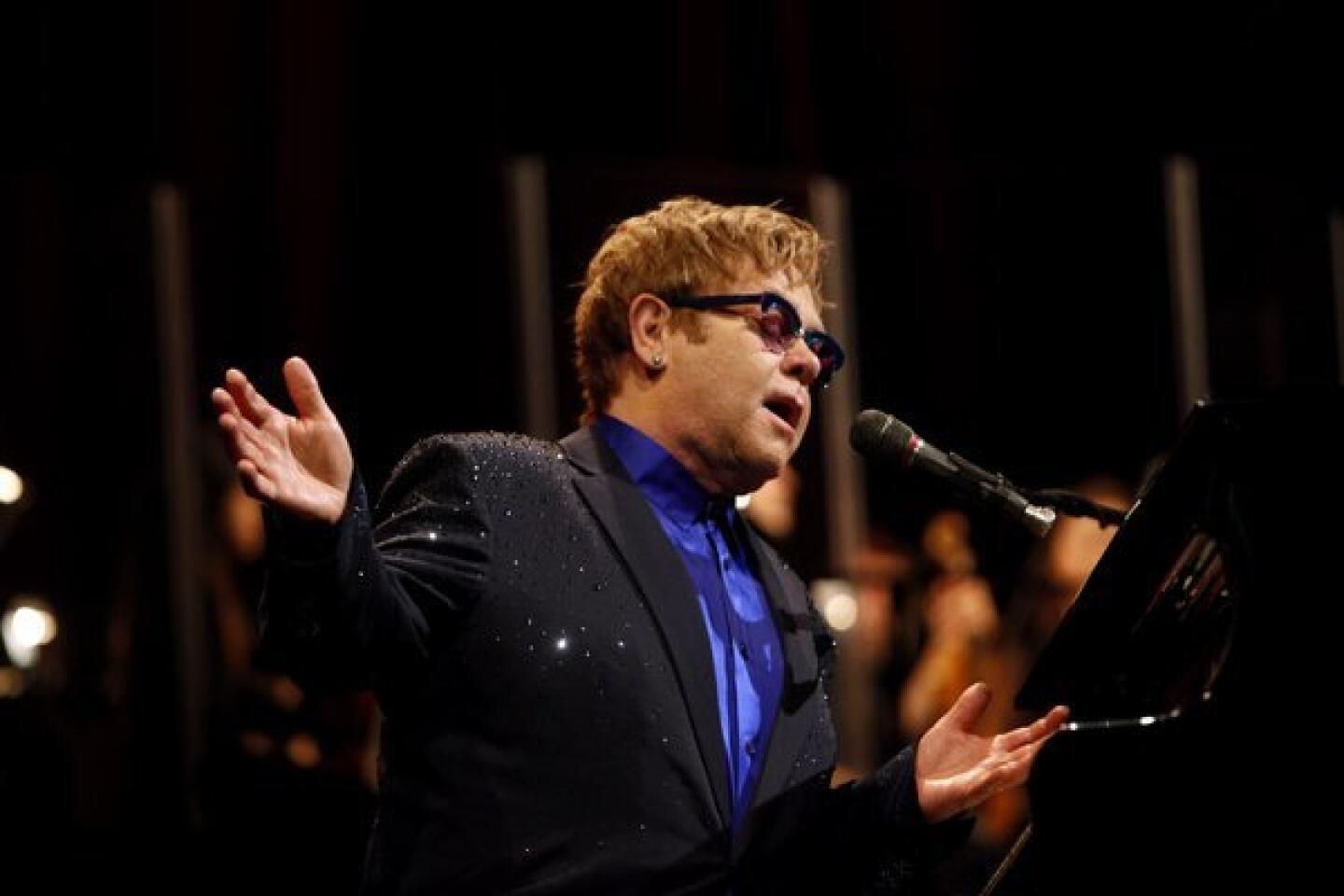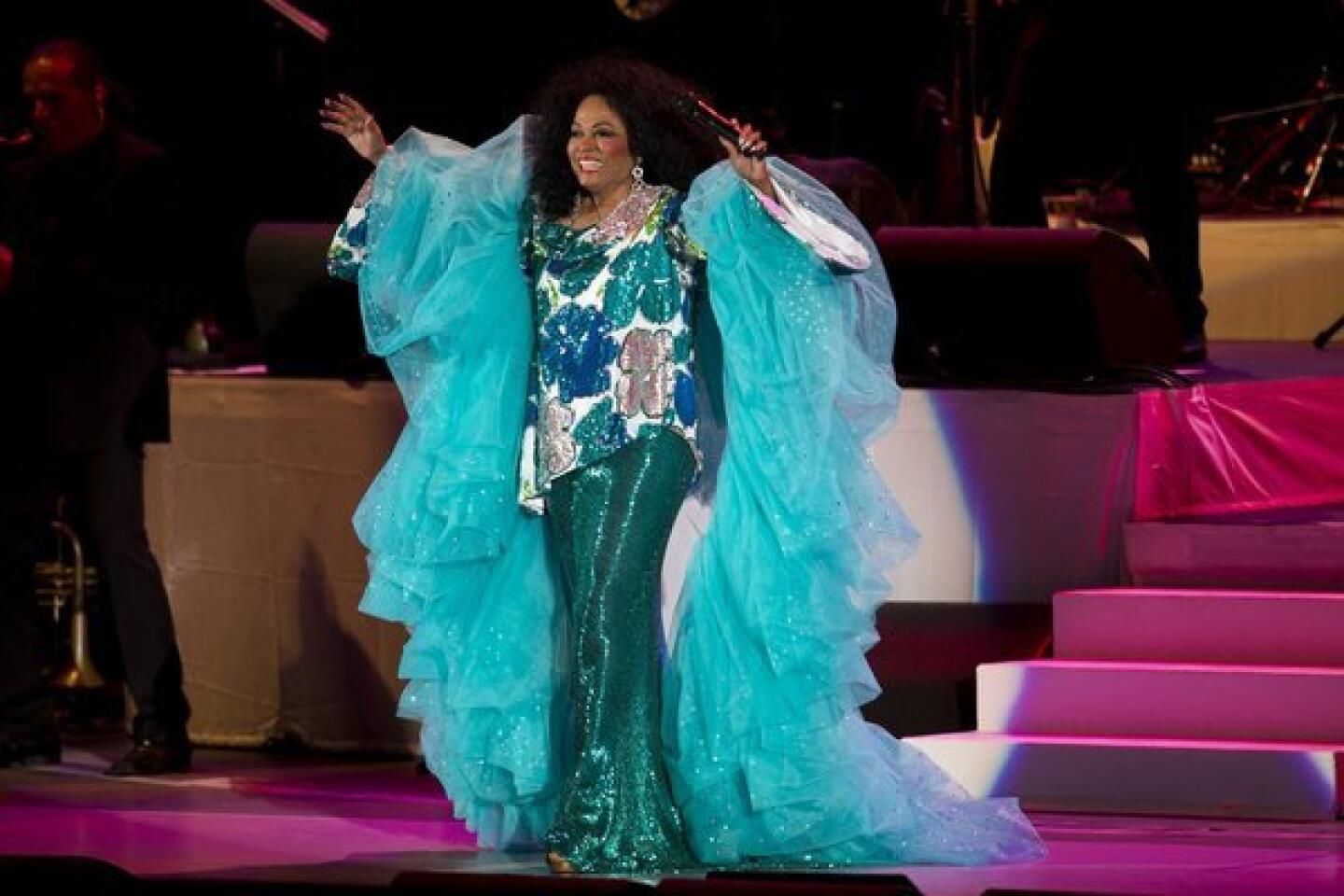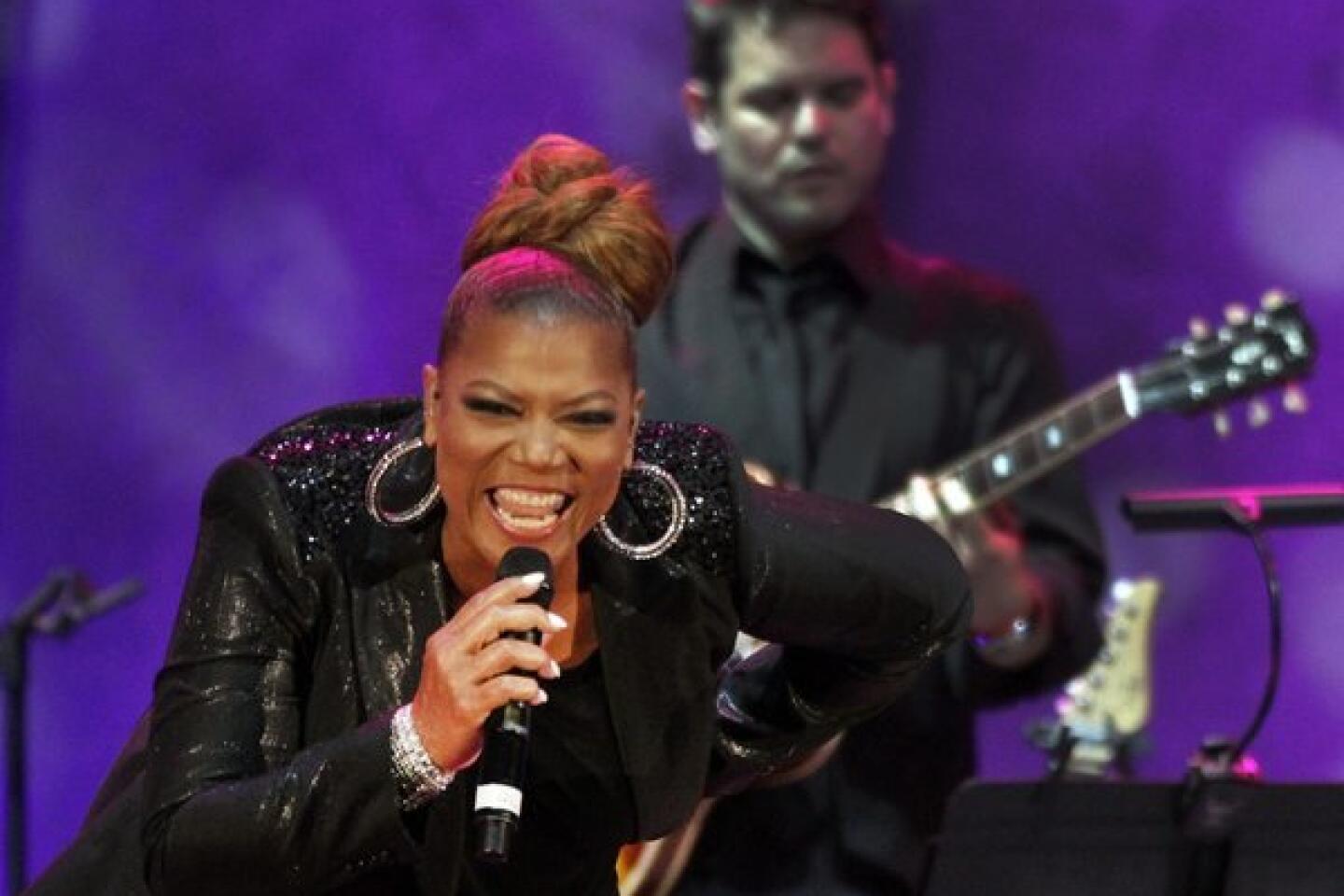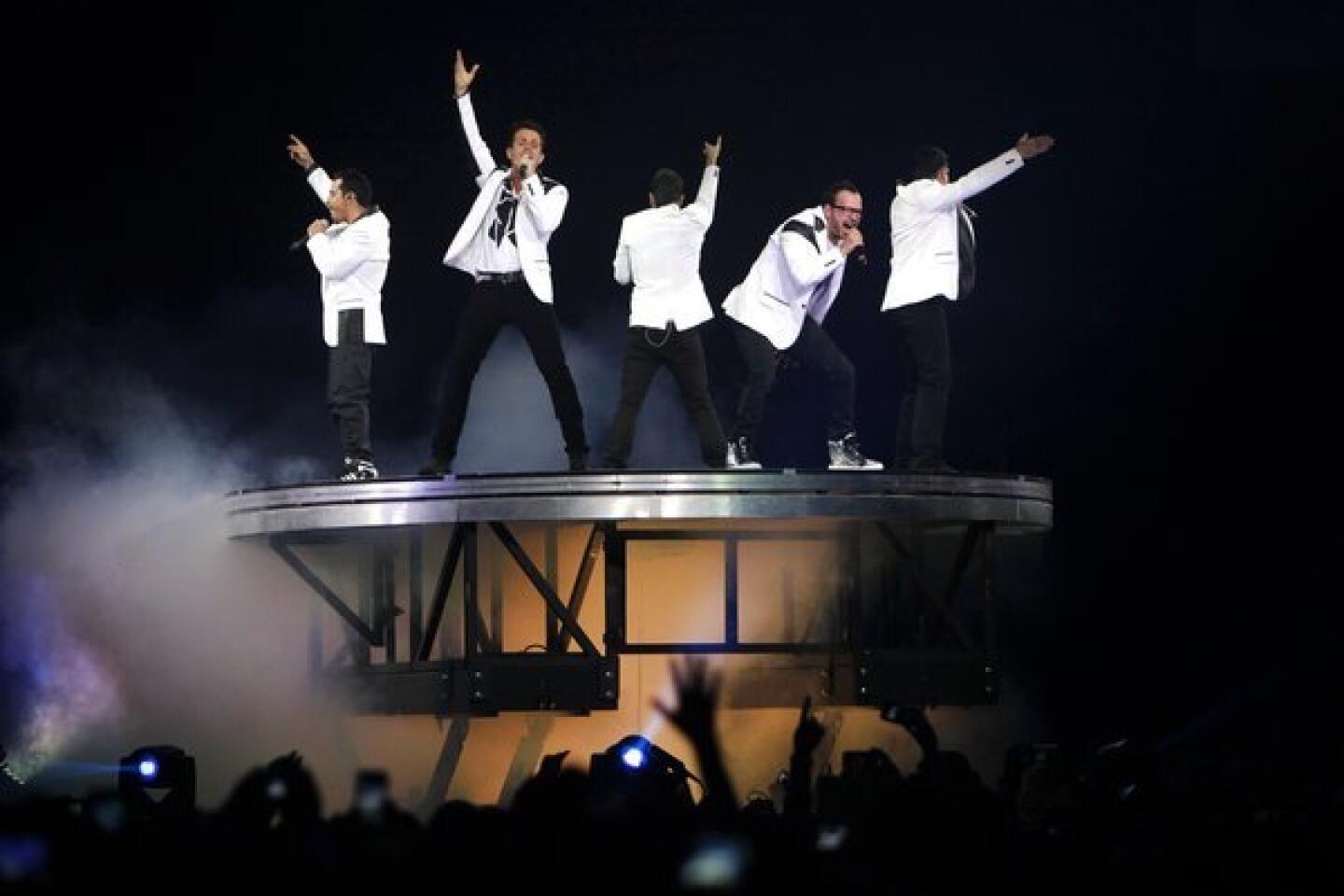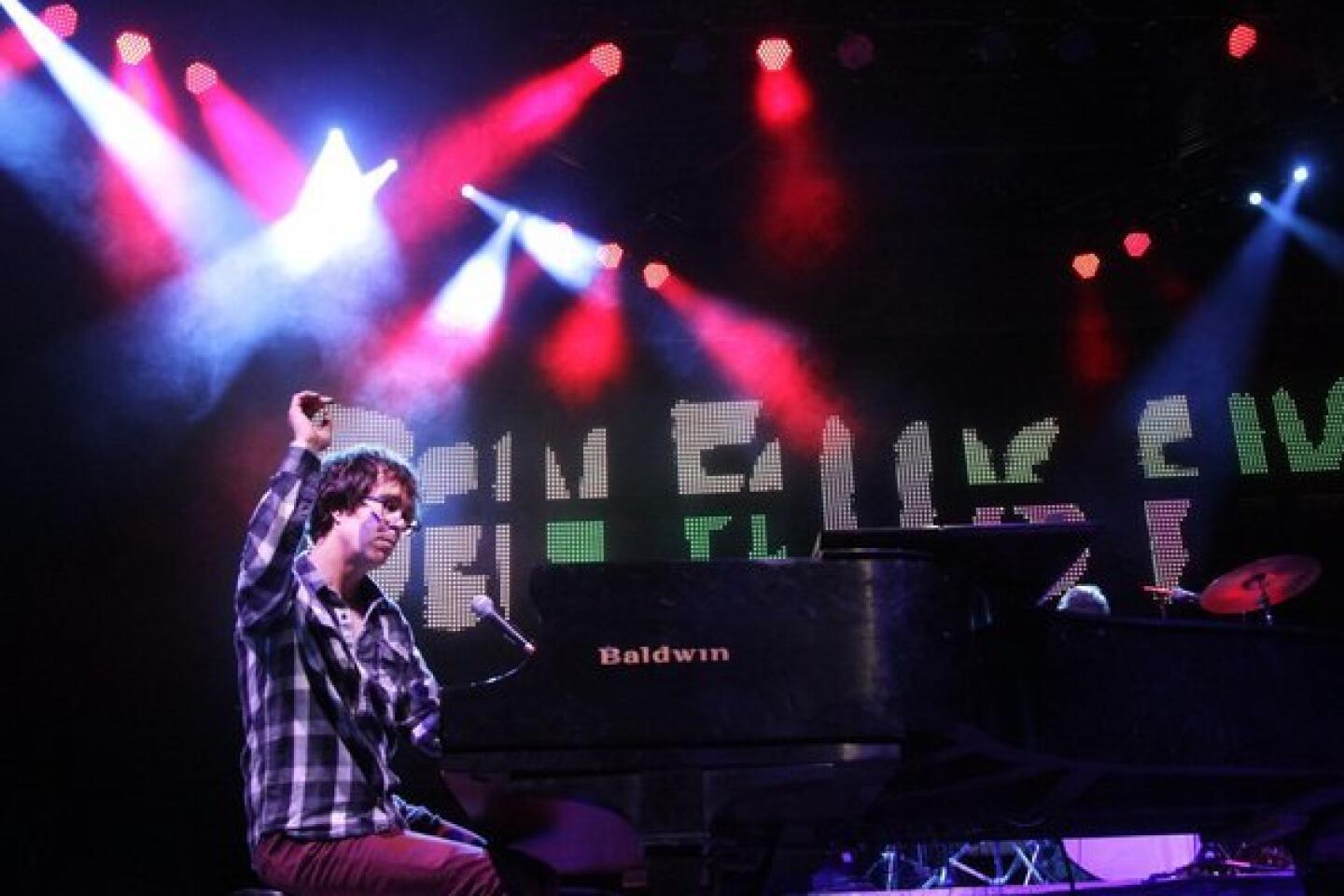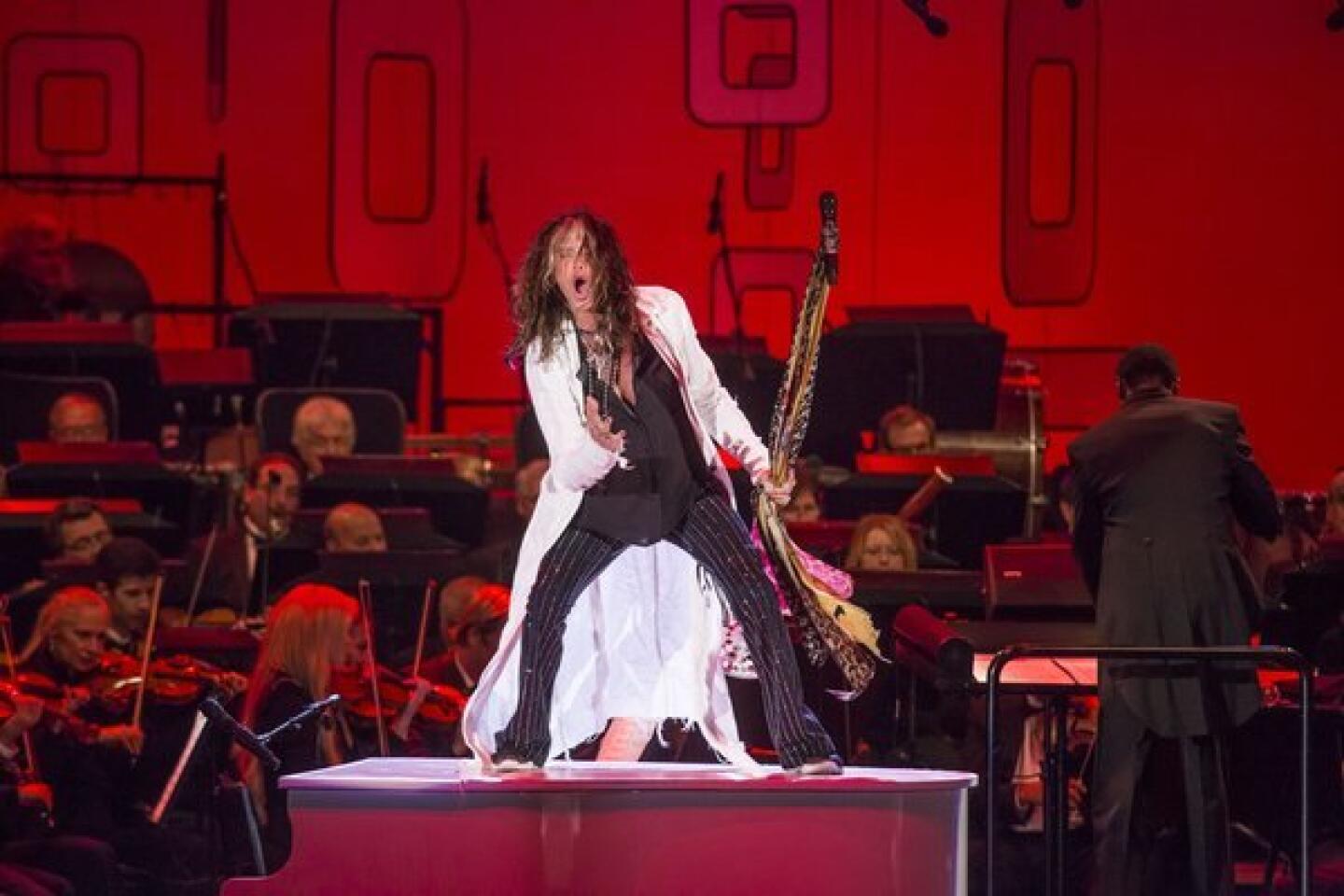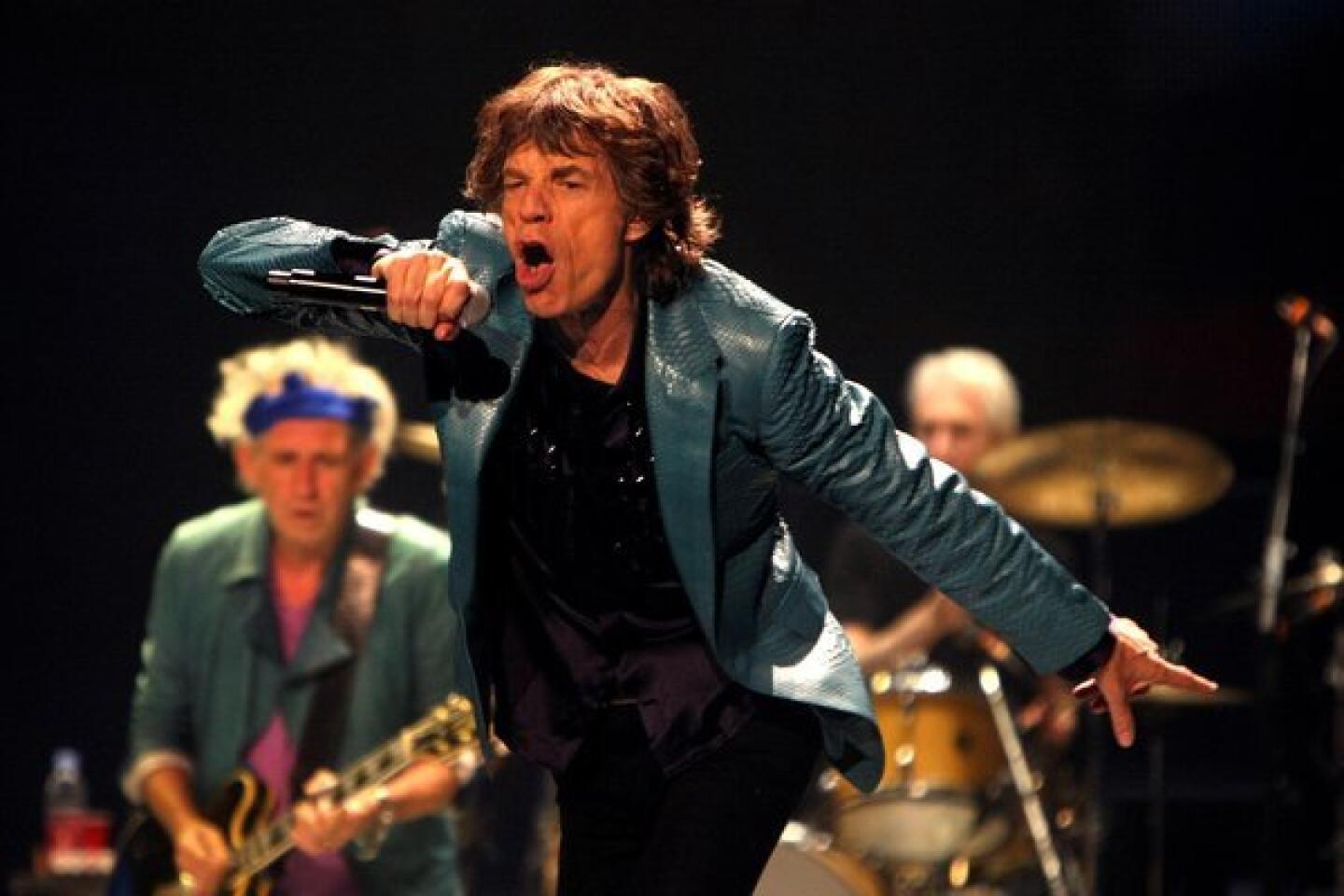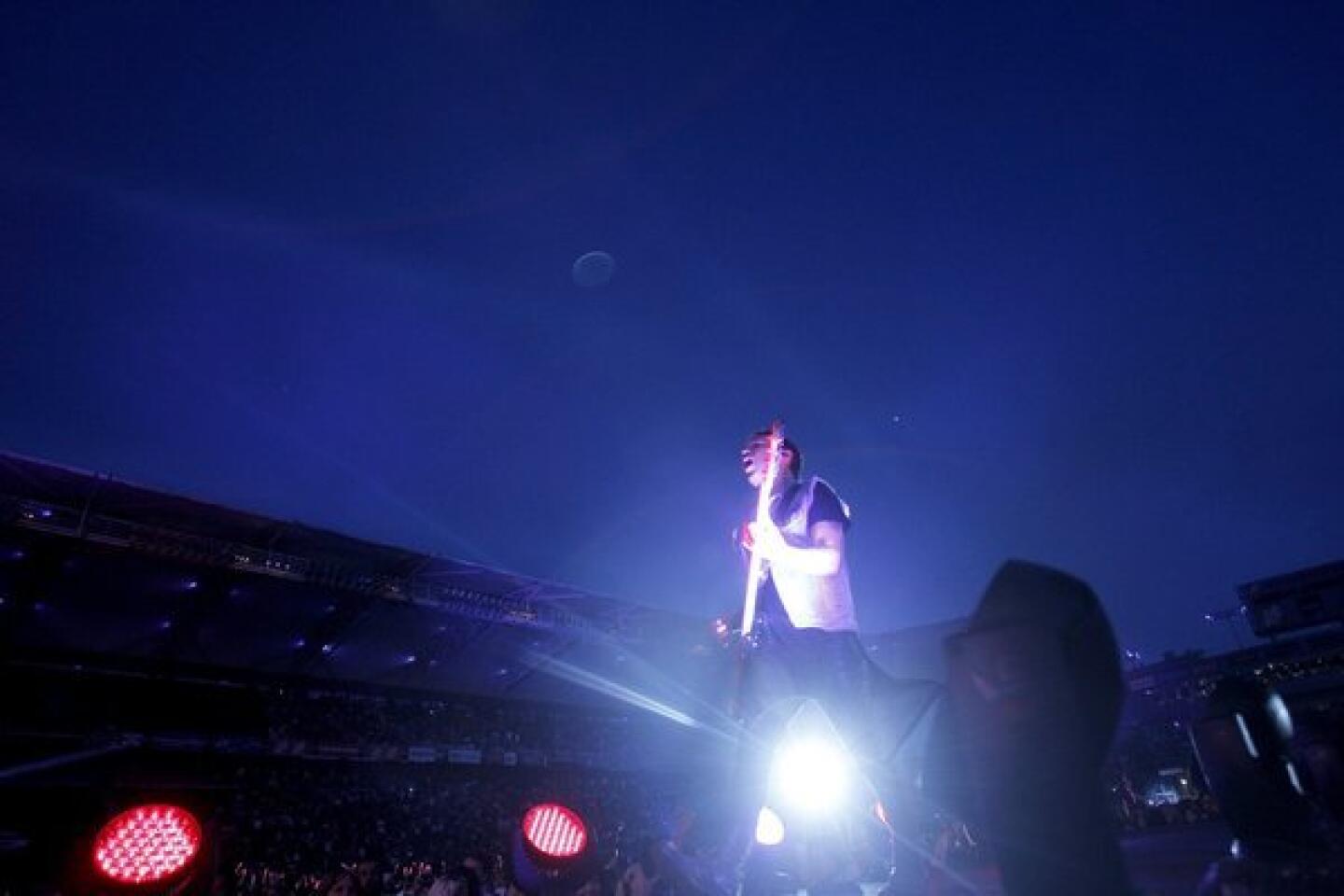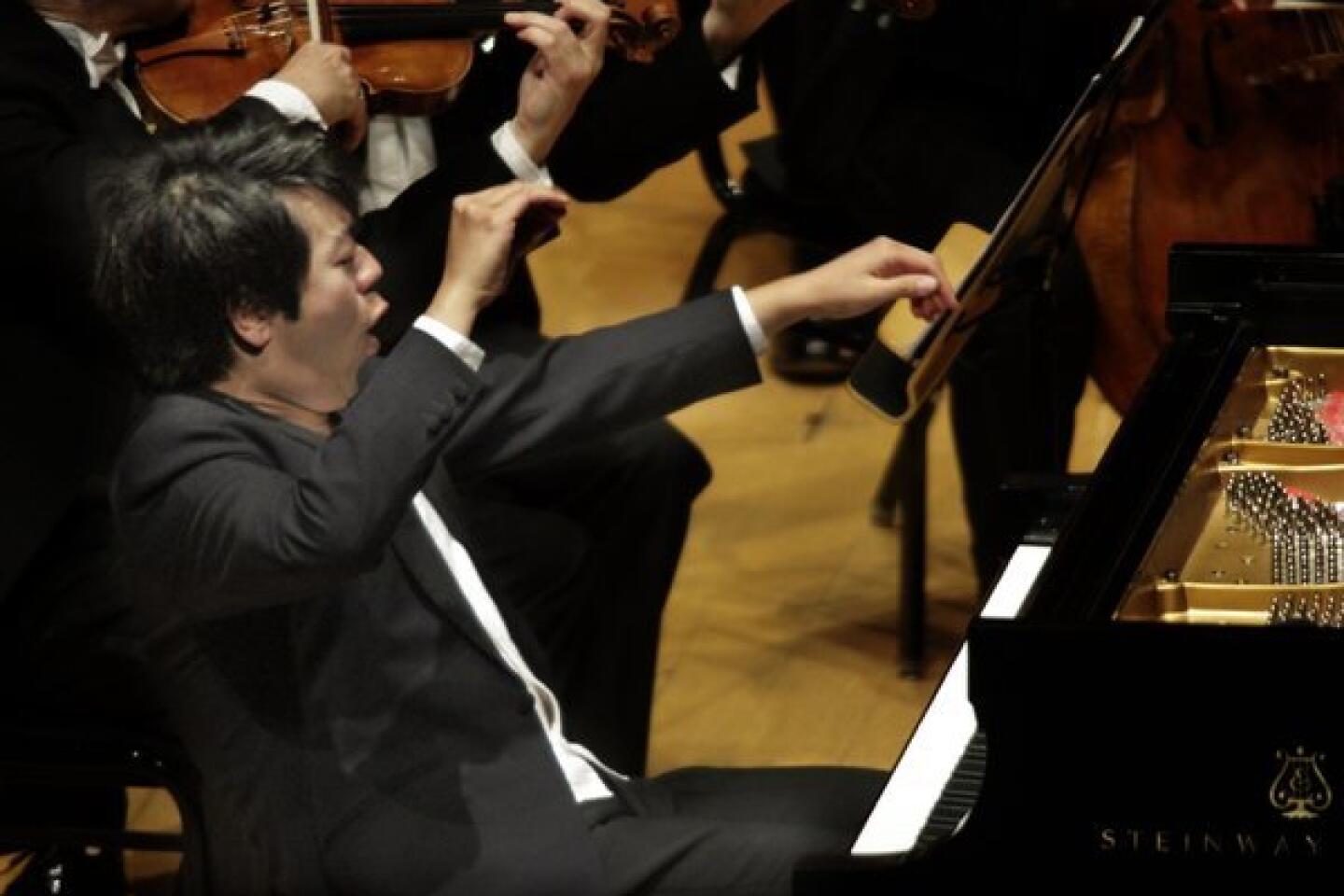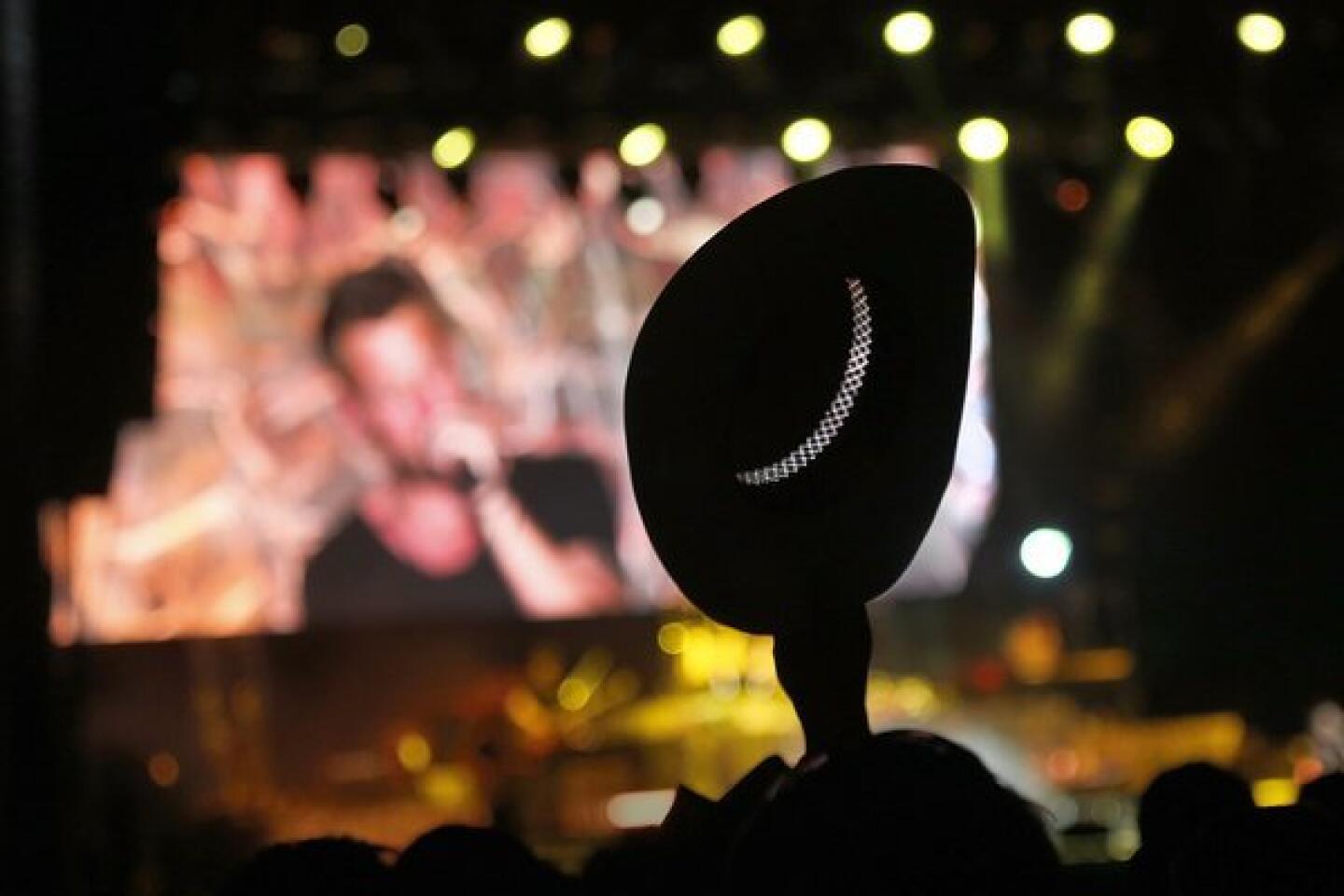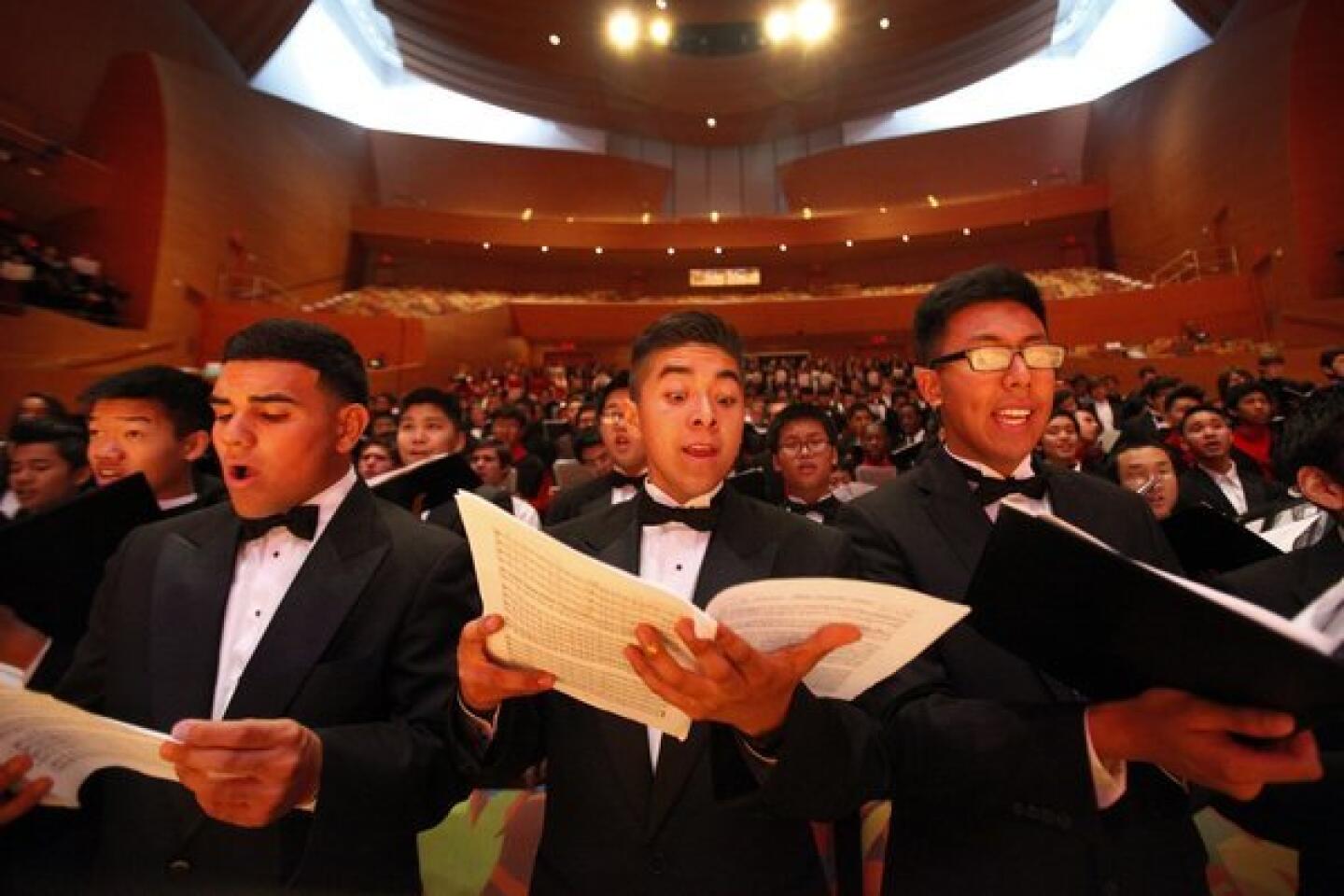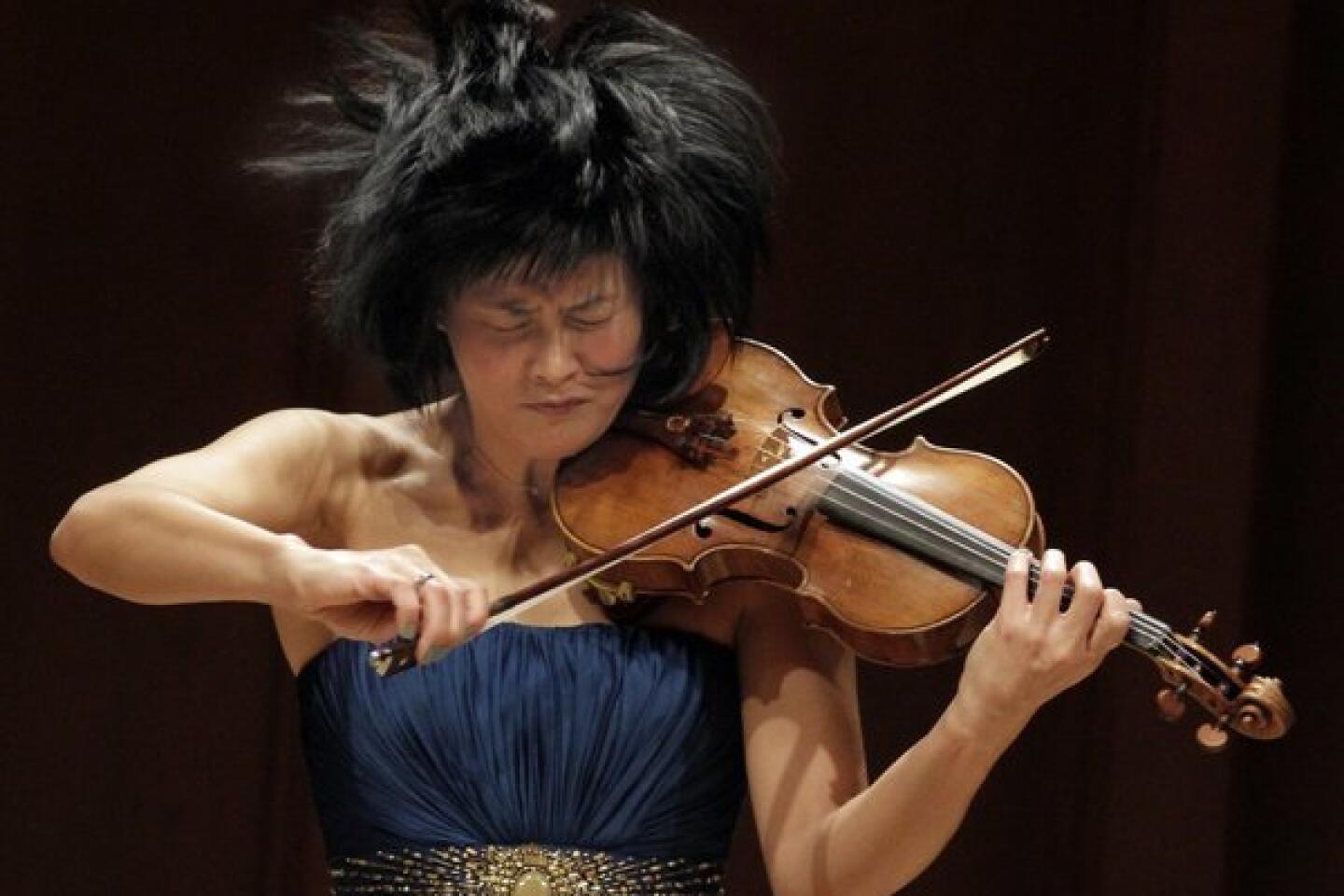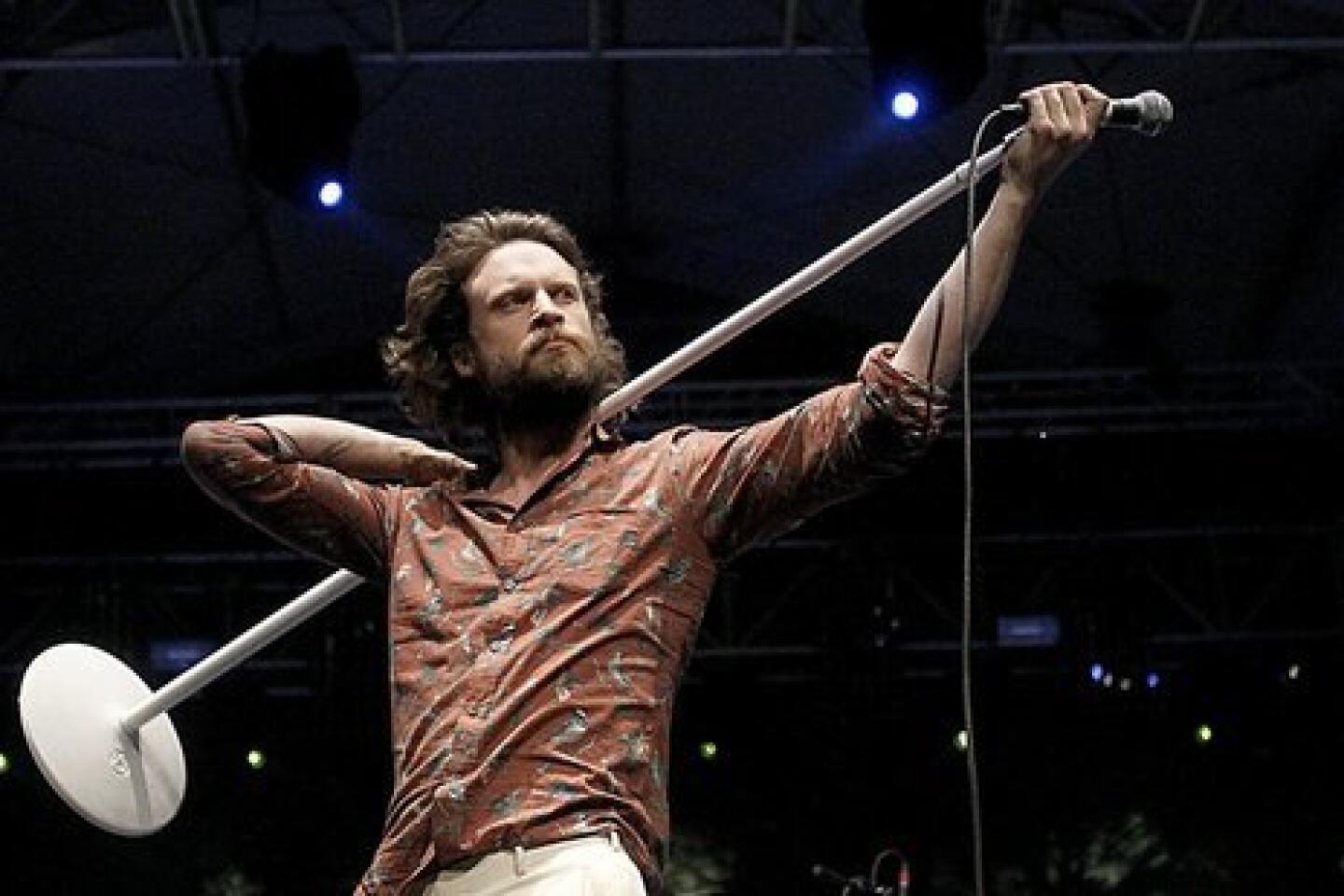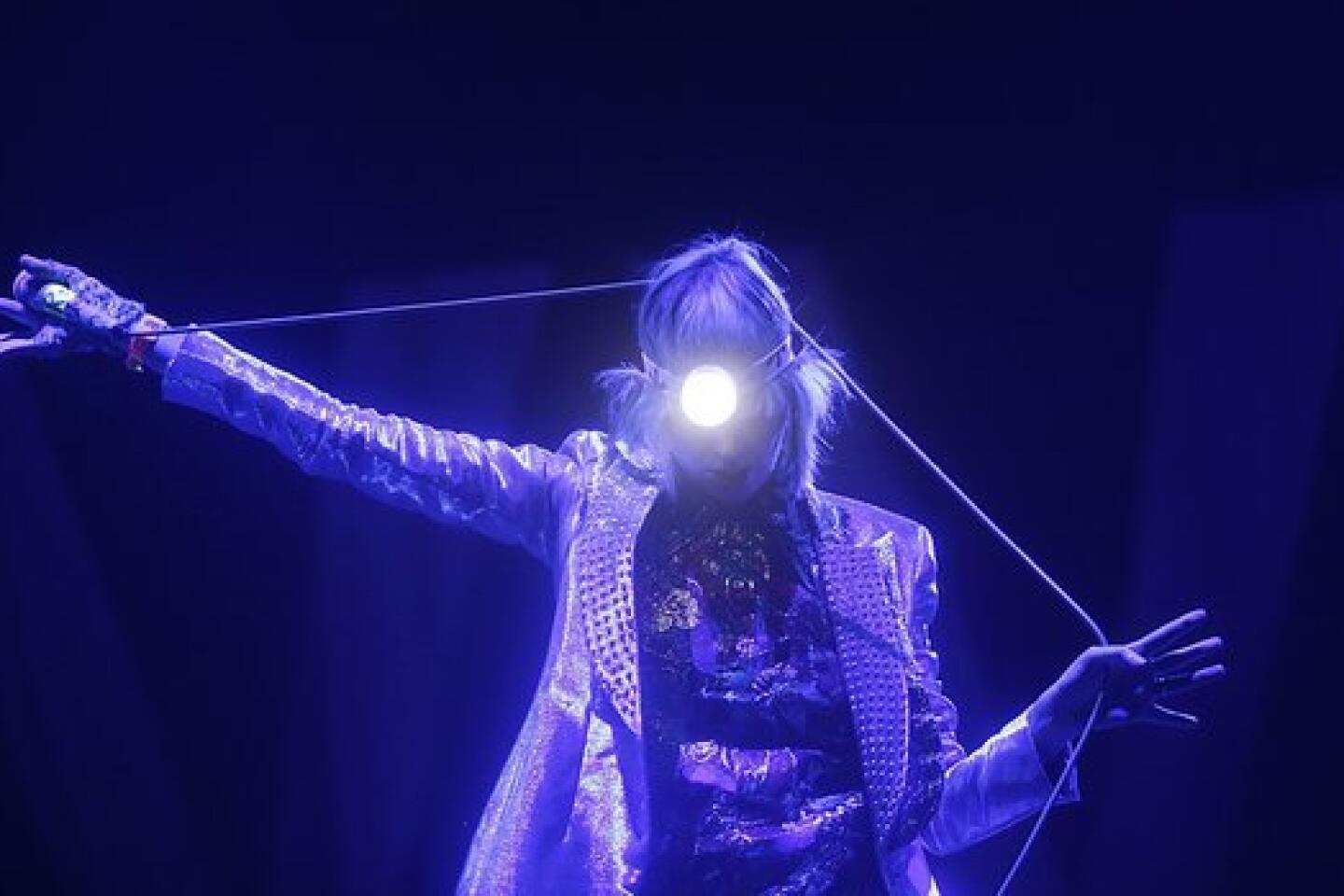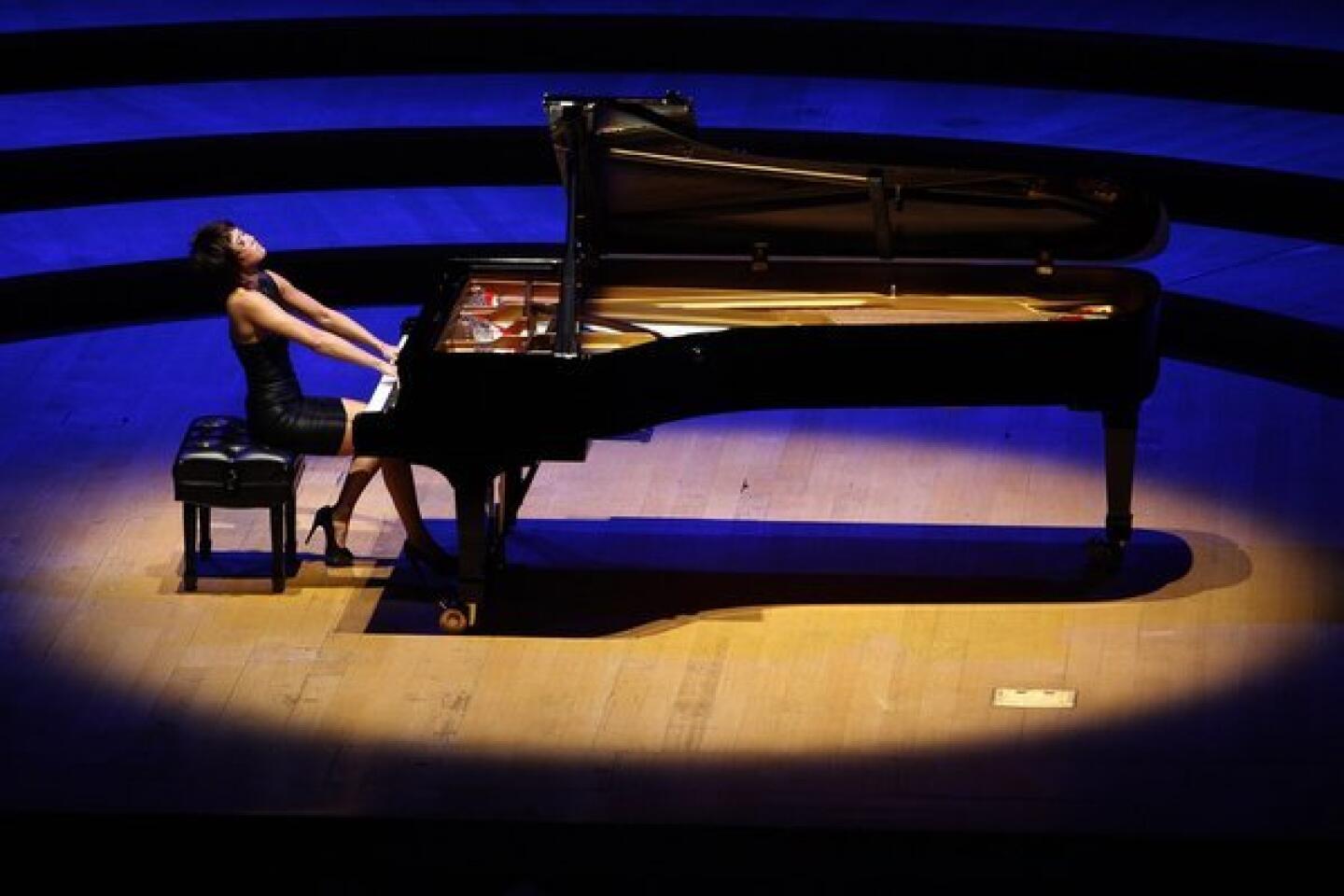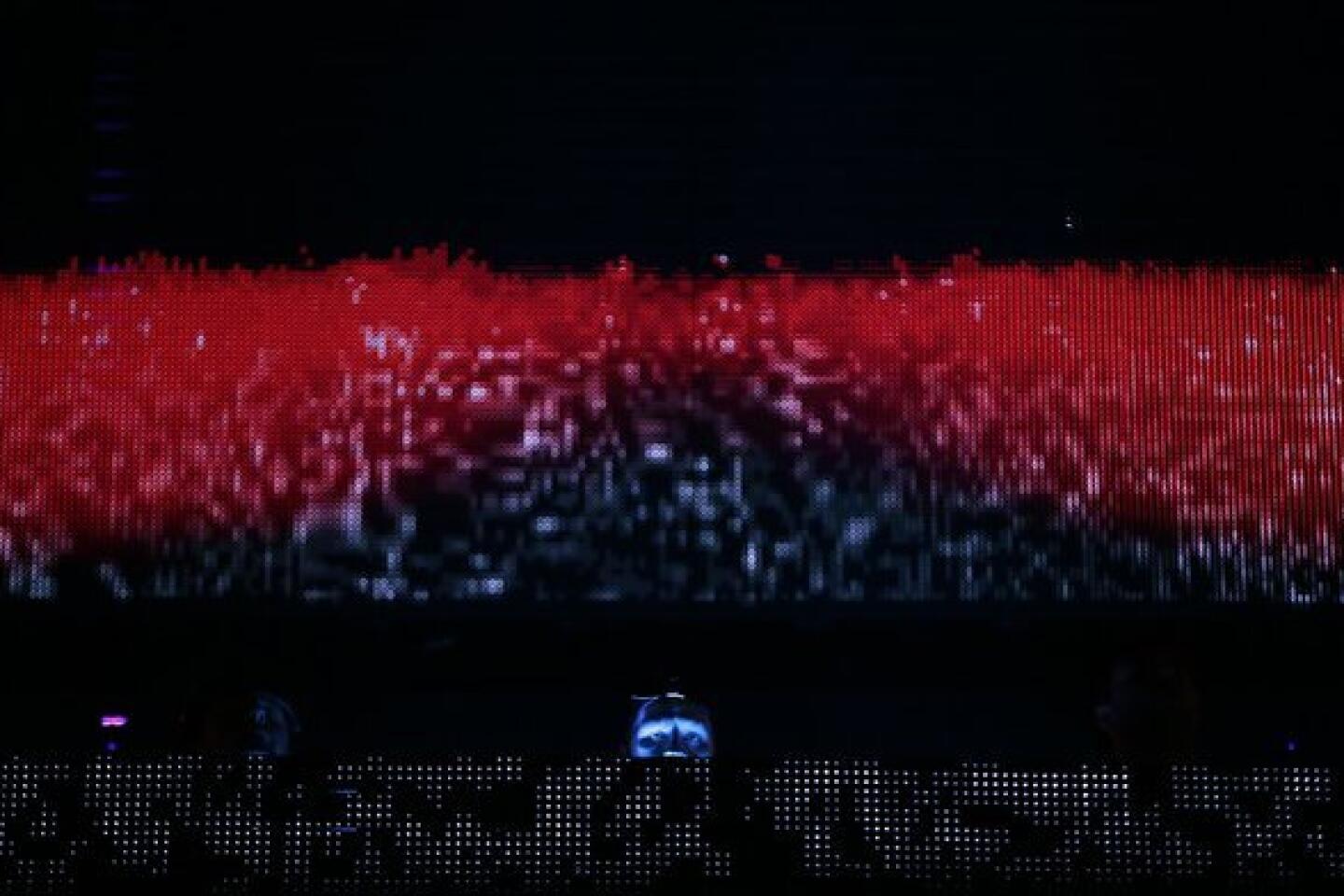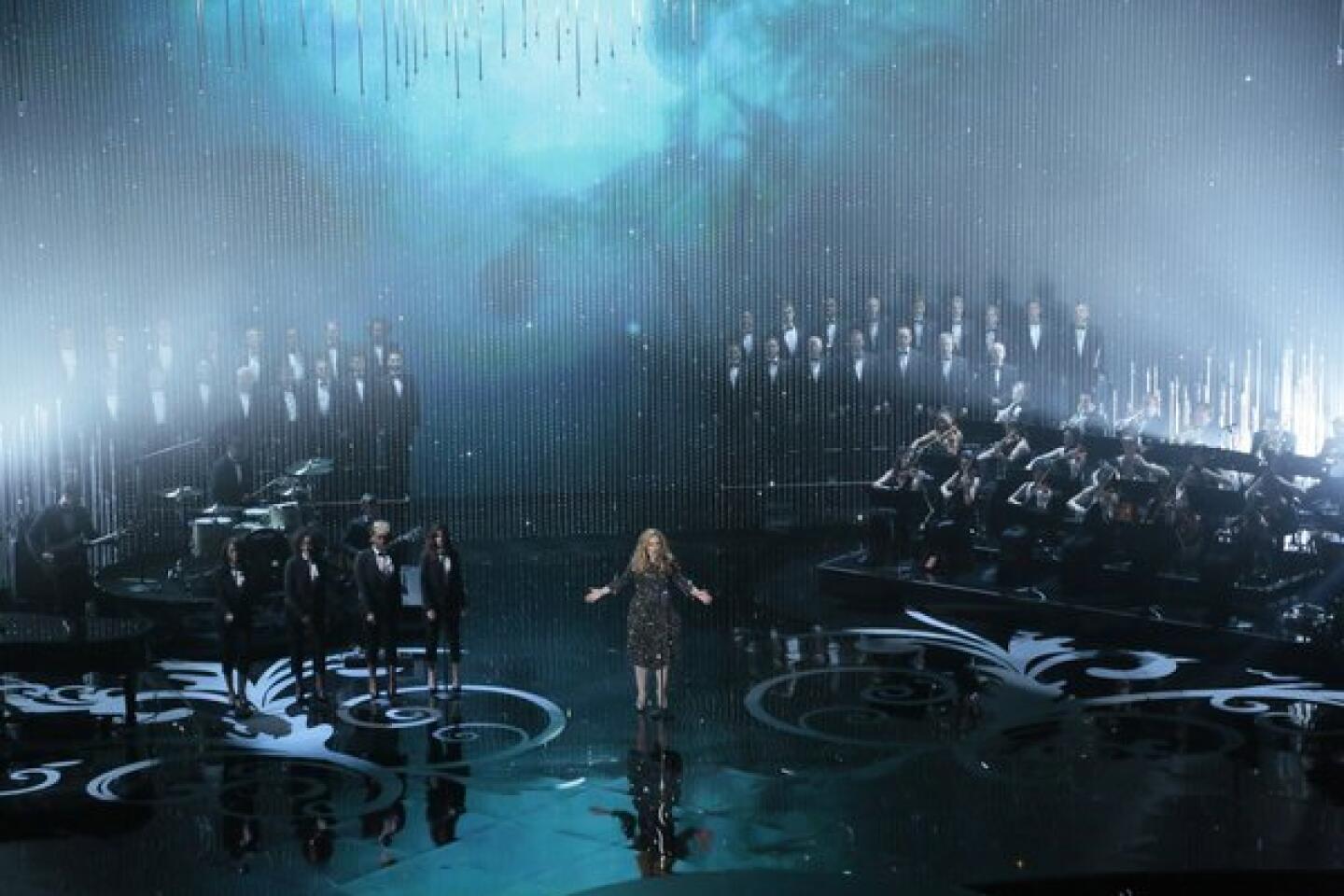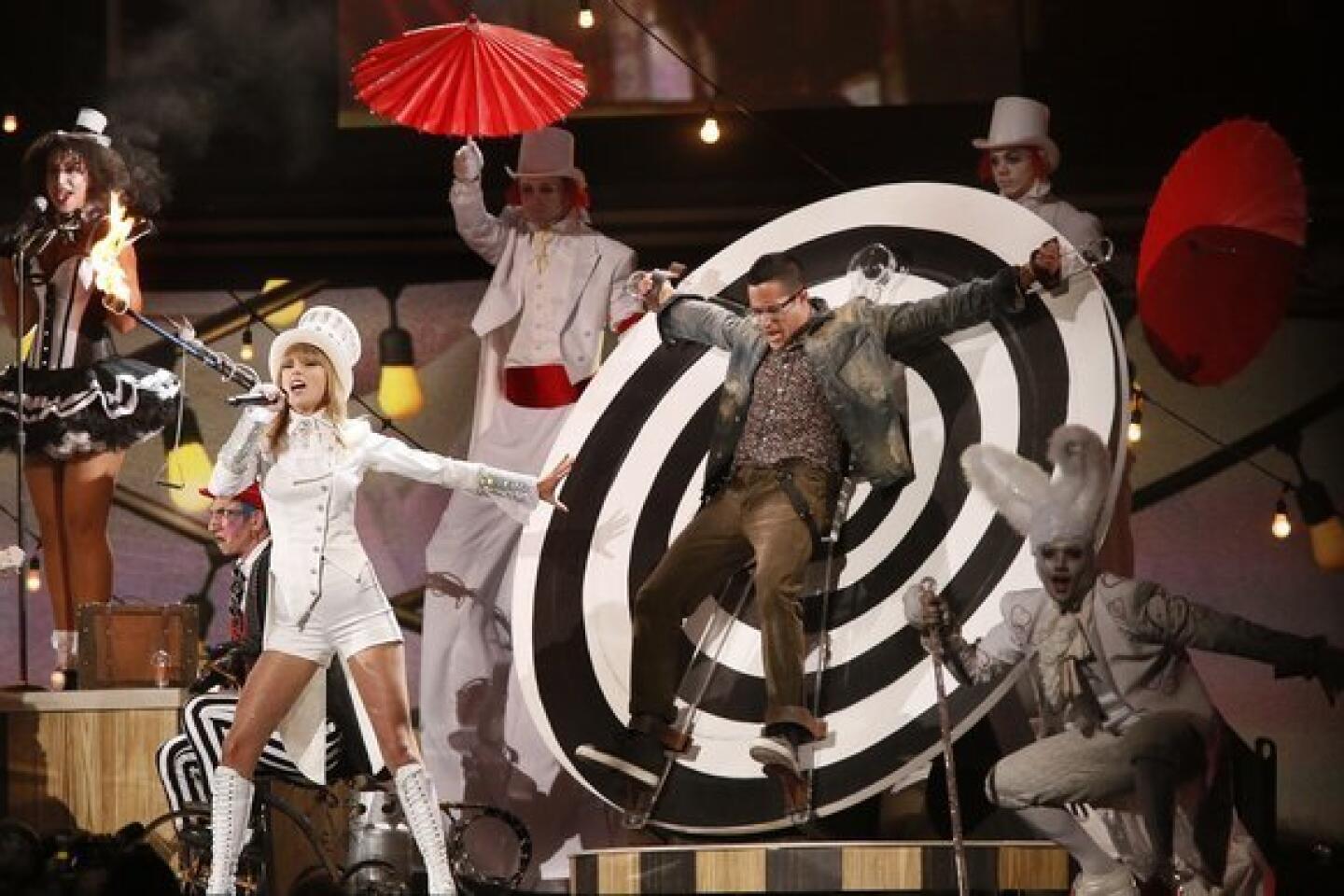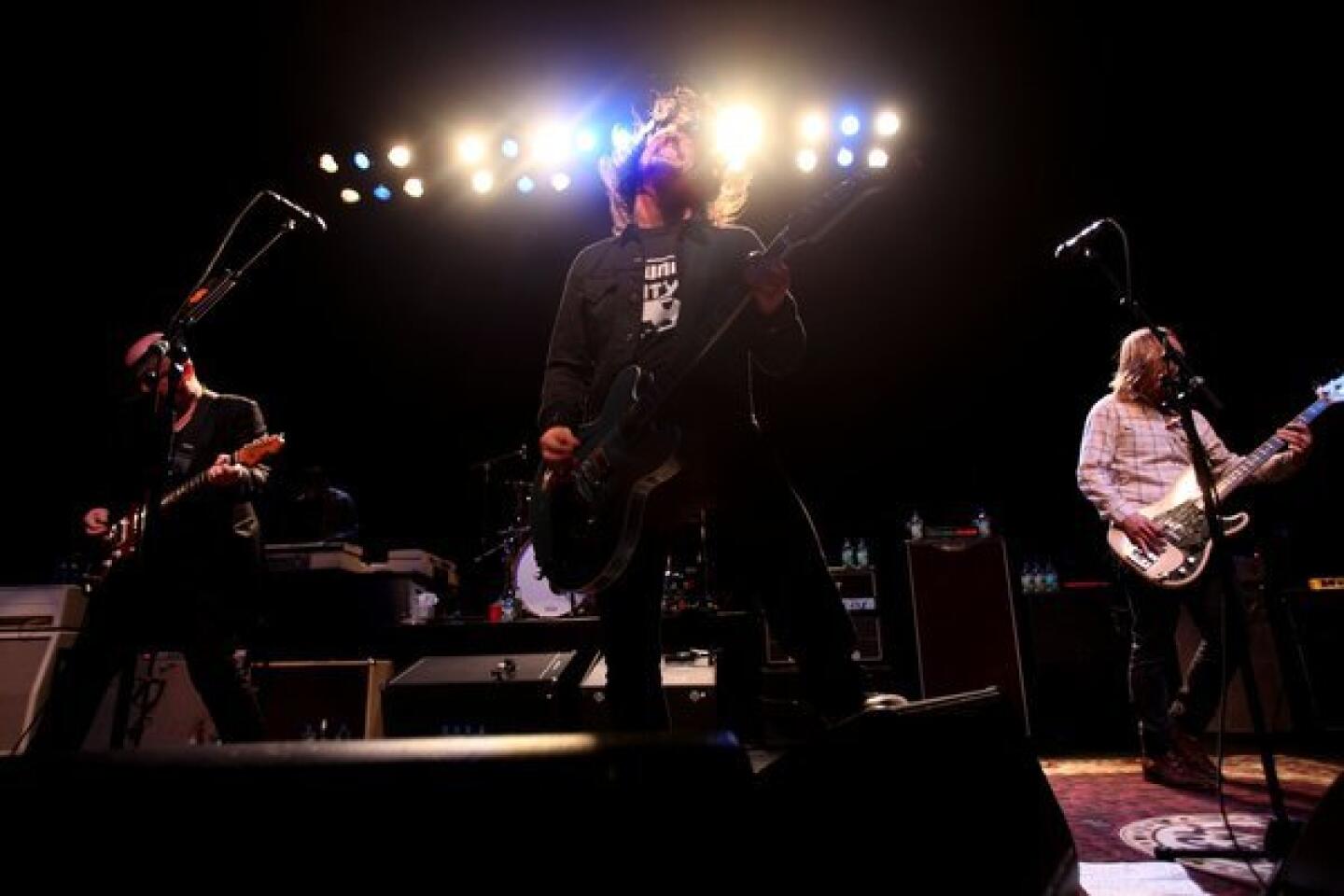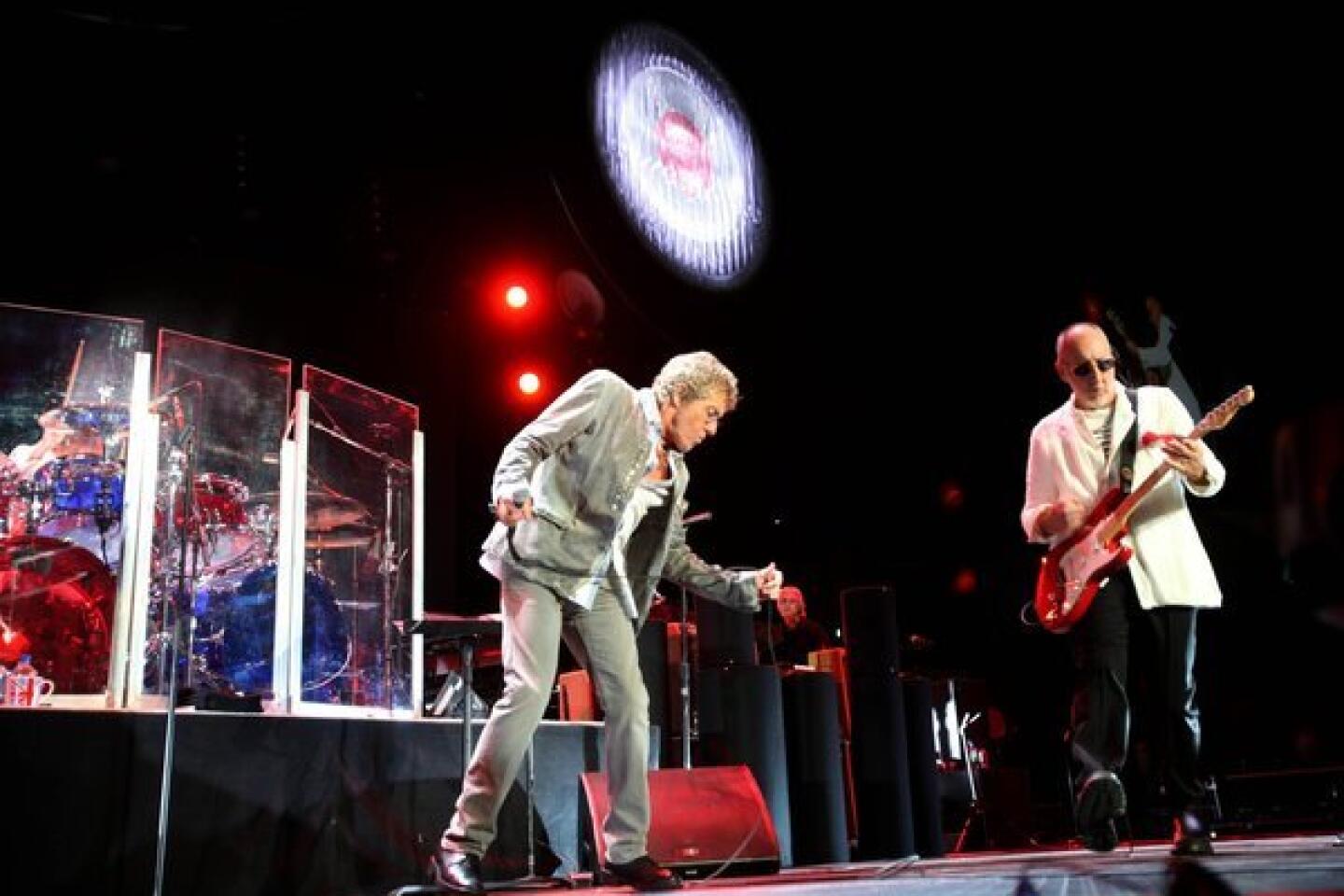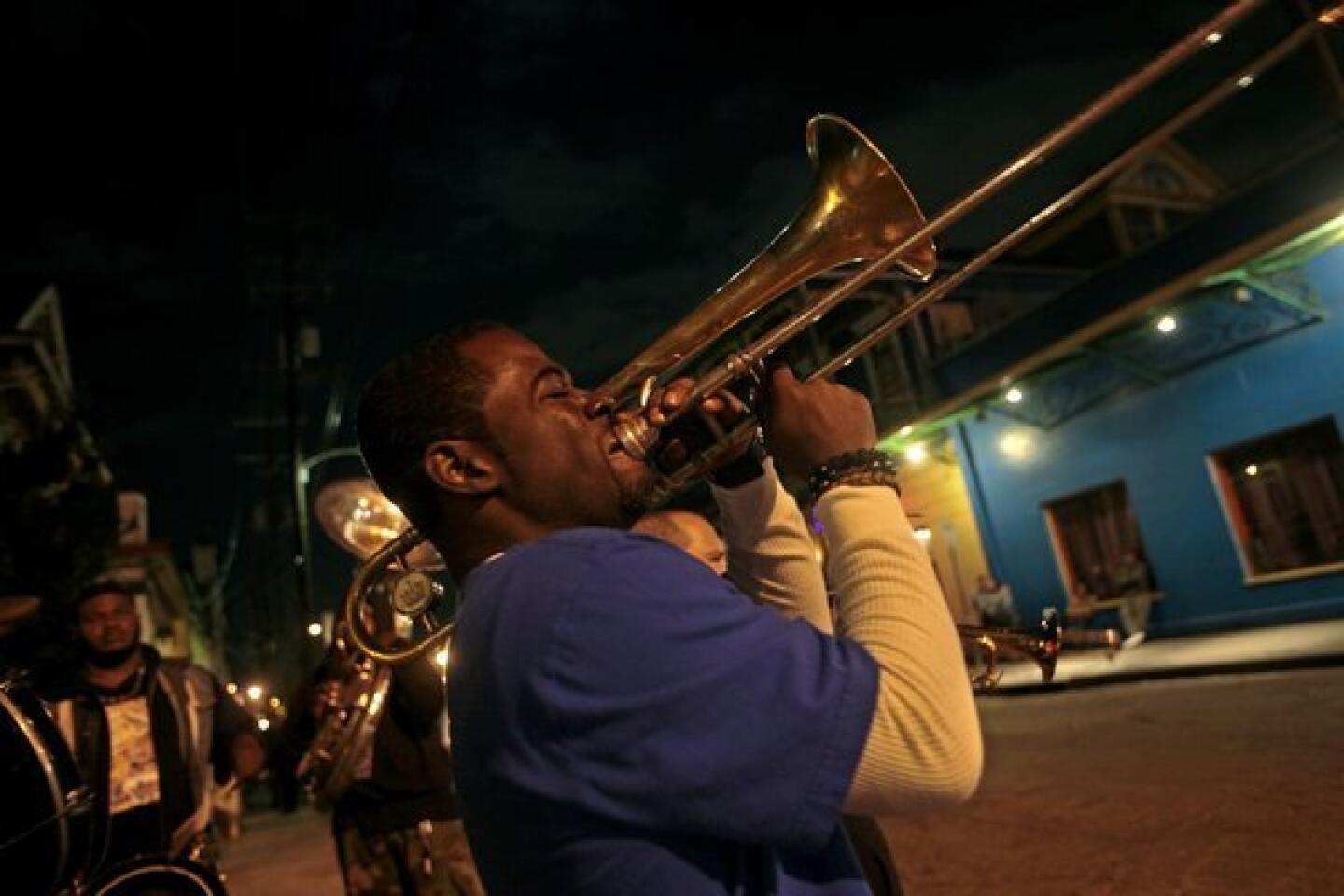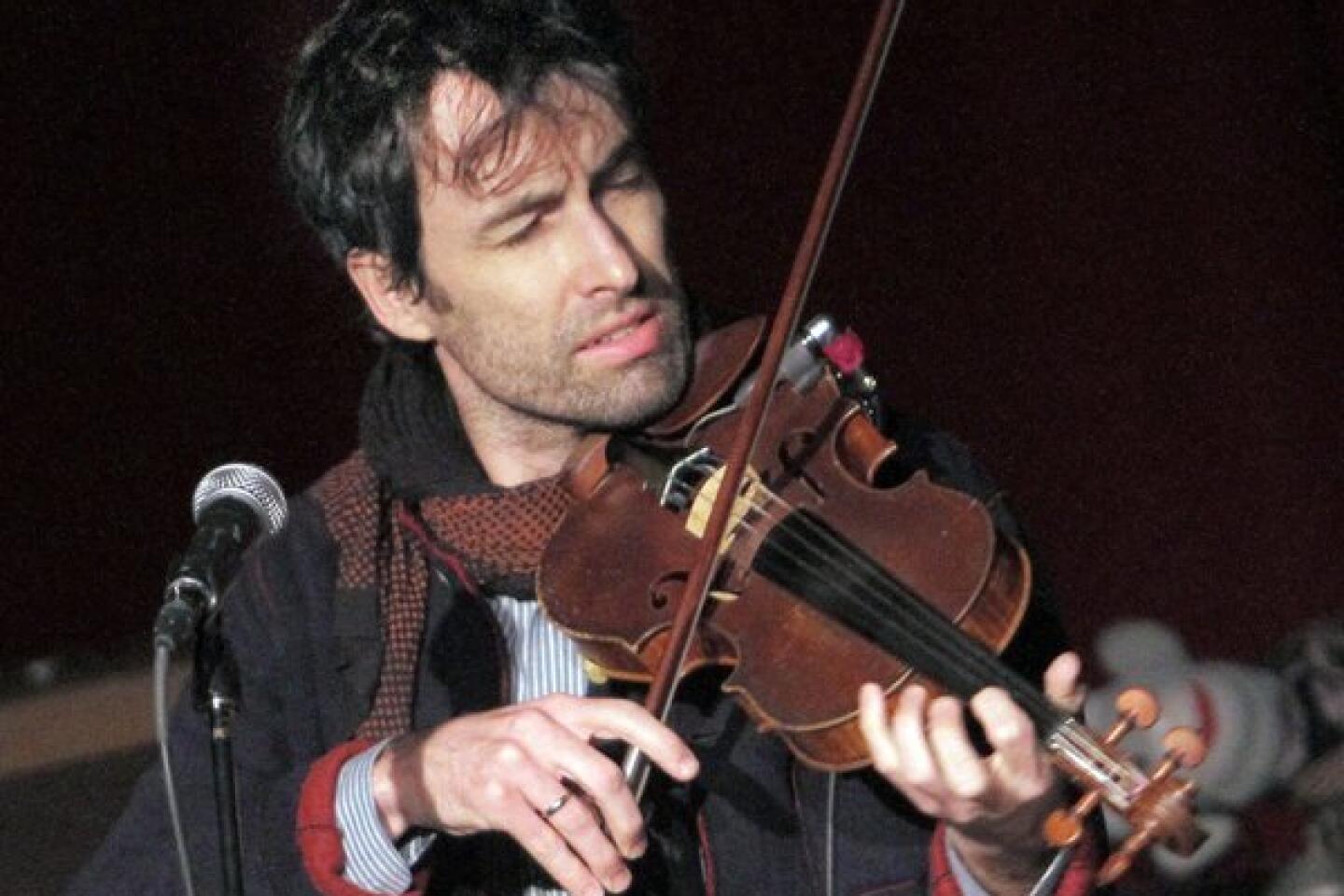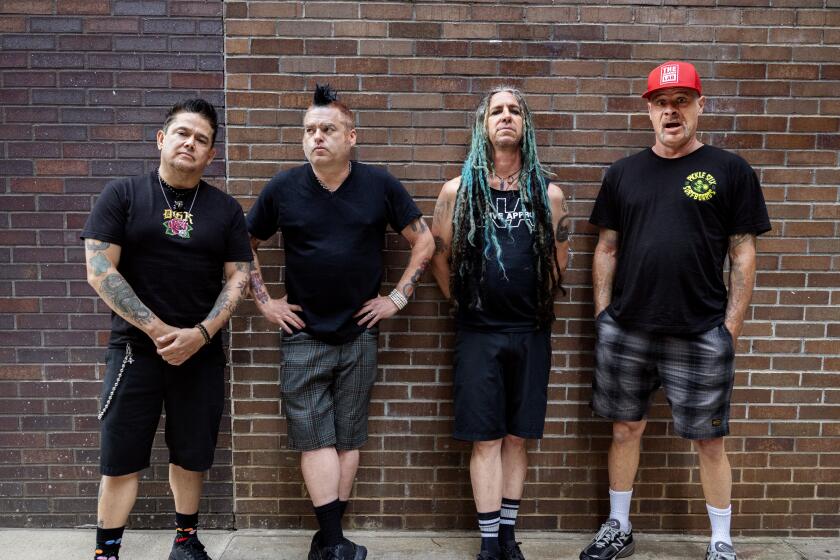Jazz piano solos reveal unique, surprising voices
Though much of the allure of jazz lies in its possibilities of in-the-moment conversations among musicians, solo albums turn the spotlight on the musicâs possibilities for personal expression. This year has brought an abundance of solo piano albums that reveals each artistâs unique voice and, through either improvisation or interpretation, his ability to surprise.
The most recent of these recordings, Geoffrey Keezerâs first solo release, âHeart of the Pianoâ (Motema, 2 1/2 stars), turns the spotlight on a onetime musical prodigy who backed Art Blakey in the Jazz Messengers at just 18 years old. Including a blend of originals and covers that cheerfully nod toward mainstream pop with songs by KT Tunstall, Alanis Morissette and even recent Rock Hall of Fame inductee Rush, the record highlights Keezerâs pigeonhole-resisting talents.
A version of the Canadian bandâs âLimelightâ keeps the anthemic drive of the original but adds a cascading swing that prog rock fans couldnât have imagined, and a chiming Peter Gabrielâs âCome Talk to Meâ rises out of a percolating slow burn into a sunlit grandeur. Itâs a broad-reaching sound that comes readily to Keezer and never sounds misplaced. (He celebrates the release of this album at Vitelloâs in Studio City on Friday.)
Also notable for his collaborations, pianist Marc Cary recently released an album-length dedication to the late vocalist Abbey Lincoln with âFor the Love of Abbeyâ (Motema, 3 stars). Cary was part of Lincolnâs band for 12 years beginning in 1994, and though he doesnât tackle her revolutionary work with ex-husband Max Roach, he offers a number of impassioned takes on her later songbook, including a darkly dramatic run through âDown Here Belowâ and âThrow It Away,â which tiptoes out of an insistent push from Careyâs left hand into a full-throttle strut and back again. A reverent take on Duke Ellingtonâs âMelancholiaâ underscores the albumâs inward-looking themes, which capably conjure a voice that reached beyond words.
In a more reflective mood, Odessa-born pianist Vadim Neselovskyi gets a jump on the contemplative state that arrives with the turning of the leaves with âMusic for Septemberâ (Sunnyside, 2 1/2 stars). A former member of vibraphonist Gary Burtonâs Next Generation Quintet whose album was produced by fellow pianist Fred Hersch, Neselovskyi has no shortage of sources for advice on tastefully drawn mood pieces, but his album carries its own thoughtful signature.
With improvisation-framed takes on Bach, Chopin and Tchaikovsky, Neselovskyi seems just as comfortable dipping into the classical arena as Keith Jarrett, whose far-reaching influence can frequently be heard here. But buoyant takes on Freddie Hubbardâs âBirdlikeâ as well as the fluid original âSan Felioâ show Neselovskyi canât be so easily categorized. Even a cover of the overworked âBody and Soulâ sounds fresh, particularly if youâre fortunate enough to follow its delicate path while listening under gathering clouds.
TIMELINE: Summerâs must see concerts
Driven by a similarly bold muse, almost half of Bobby Aveyâs âBe Not So Long to Speakâ (Minsi Ridge, 3 1/2 stars) was drawn from songs improvised during the recording. âOur Fortune Is Running Out of Breathâ sets the tone for the albumâs contemplative mood with a patient, flickering grace, and the gestural âGravity and Stillnessâ slowly rises out of an atmospheric hush. Elsewhere, the 12-minute âLate Novemberâ sprawls over rumbling chords into something more delicate and dream-like, and a cover of Michael Jacksonâs âP.Y.T.â tilts its familiar melody into rewardingly unexpected angles that include a hitch in its chorus. A lone standard, Hoagie Charmichaelâs âStardust,â is given an even more off-center deconstruction that points toward modern classical music and a distant point somewhere beyond.
Hungarian-born pianist Laszlo Gardony set aside familiar structures for the intimate solo recording âClarityâ (Sunnyside, 3 stars). A longtime professor at Bostonâs Berklee College of Music who at the time of this recording had recently lost his parents, Gardony sat at the piano, hit ârecordâ and disappeared into a series of spontaneous compositions that cast their own contemplative spell when taken as a whole. âWorking Through (Clarity)â embraces a shimmering melody rich enough to stake a pop ballad while âBetter Placeâ captures an expansive, introspective grace.
Another highlight, the more than 10-minute âResilient Joy,â begins as a ragtime march that ventures into a tirelessly rollicking, stride-informed bounce that capitalizes on Gardonyâs roomy, ringing sound, which nearly seems to float out of tune at times. The effect for the song and the album as a whole is like hearing a precious artifact from a time either long past or, like the best improvisations, as-yet unseen.
ALSO:
Arts and culture in pictures by The Times
Cathy Rigby sued by composer over âPeter Panâ musical
U.K. is trying to thrwart Gettyâs $25-million Rembrandt purchase
More to Read
The biggest entertainment stories
Get our big stories about Hollywood, film, television, music, arts, culture and more right in your inbox as soon as they publish.
You may occasionally receive promotional content from the Los Angeles Times.



